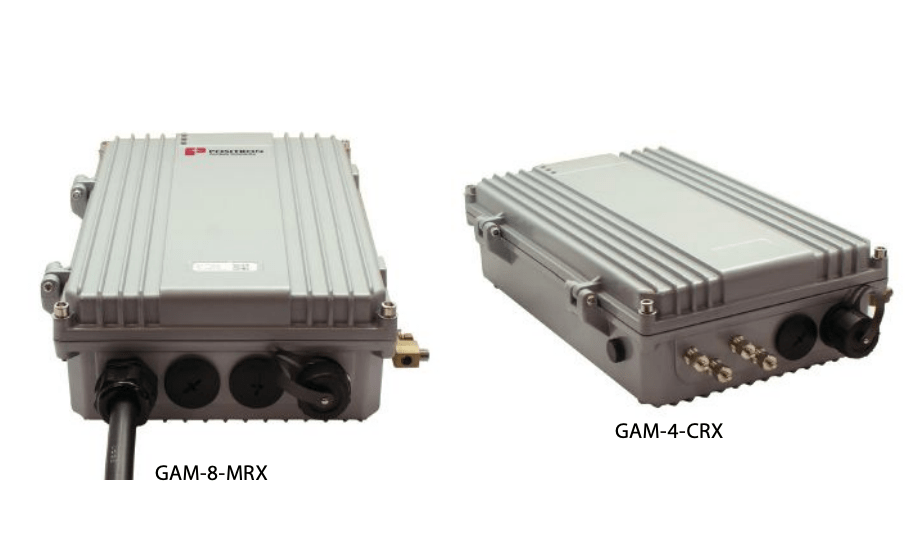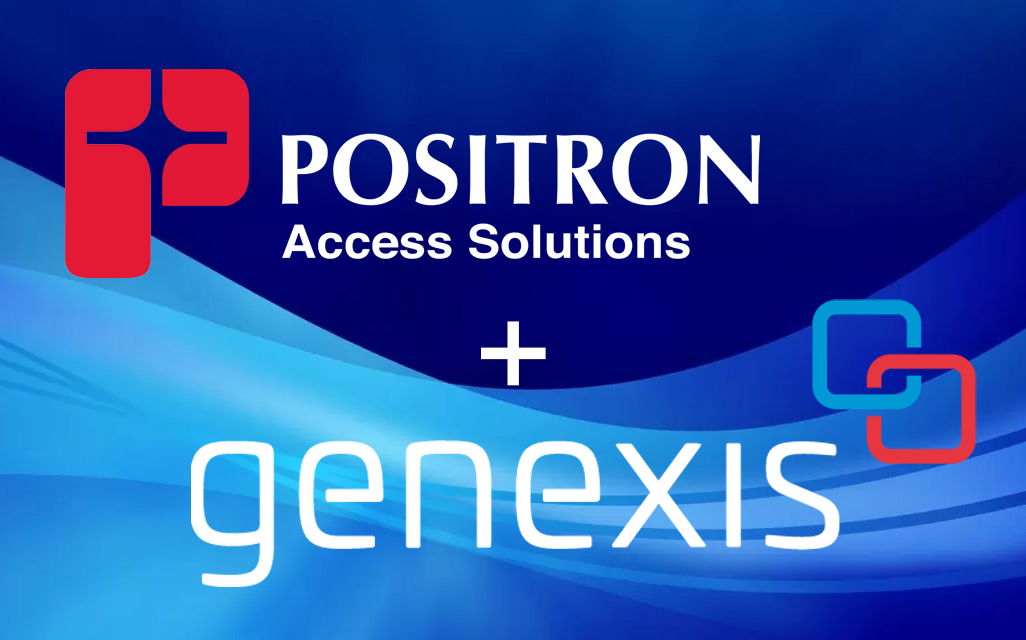Overview of a Technology that Delivers Gigabit Internet Services: An Alternative Solution to Fiber
Gigabit services often bypass MDUs and home clusters because of the construction disruption and high cost of bringing fiber to each housing unit.
The broadband industry has been serving recently built, larger multiple dwelling units (MDUs) and multiple tenant units (MTUs) with in-building fiber infrastructure. When providing services in older buildings, operators increasingly turn to G.hn instead of deploying fiber because a fiber-centric strategy requires a massive investment to pass every door and many subscriber sign-ups to achieve economies of scale.
According to the most recent MDU data available from the U.S. Census Bureau (for 2017), the number of small to medium MDUs (two to 19 doors) represents 16 percent of the total number of housing units compared with barely 8 percent for larger units. Ninety-five percent of these units were built more than 15 years ago, which further complicates deploying fiber inside these buildings.
SMALL TO MEDIUM MDU DEPLOYMENT CHALLENGES
Given the age and construction types of MDUs with fewer than 20 doors, the deployment challenges are quite different. The first challenge is density. Given the small number of doors, the solution needs to scale from a very low number of subscribers. This prevents the use of high-density devices and makes the business case for GPON extremely difficult.
The second challenge is that there is no wiring closet in the building. The solution needs to be installed outdoors, near the telephone pair demarcation point or where the coaxial taps are reachable. This is typically on the outside of the MDU or near the curb, where the fiber feed terminates. A fixed wireless radio also can bring the gigabit signal to these buildings.
The solution needs to be deployed outdoors, which means it must be hardened in conformance with the IP67 standard to ensure that it resists water and dust, and should not require a local power source (local power sources are complex and costly). The third challenge is therefore the ability to power the G.hn access multiplexer (GAM) from the subscribers. This is known as reverse power feeding (RPF).
The fourth challenge relates to the complexity of entering the premises for installation or service calls. It is important to enable subscribers to self-install equipment in their apartments with no need for assistance.
ENTER THE POSITRON OUTDOOR GAM WITH RPF
Serving small and medium-sized housing units from the outside in takes into account that the telephone pairs or the coax taps are accessible only from the outside of a building or from the curb, where there is no local power.
Positron introduced the GAM-8-MRX (eight-ports copper) and the GAM-4-CRX (four-ports coax with each port serving up to 16 subscribers) with RPF support specifically to serve gigabit to housing units with fewer than 20 doors. Installing these GAM devices does not require entering a building and eliminates construction work and the resulting disruption.
RPF support eliminates the need for an outdoor power source and allows GAM devices to be installed where the fiber or fixed wireless access terminates, be it a manhole, rooftop or utility pole.
Because subscribers can self-install, a technician’s work is a lot simpler and truck rolls can be reduced to the initial installation trip. These cost savings result in stronger business cases, where even an initial low subscriber take rate delivers a positive return in no time.
G.HN’S NEW DEPLOYMENT PARADIGM
Garden-style homes are notoriously challenging to serve cost effectively. Homeowners associations resist the deployment of fiber because of the impact on existing infrastructure and landscape.
An interesting characteristic of G.hn ports is that they can operate either as domain masters (usually GAM devices) or endpoints (terminating the G.hn link and converting to Gigabit Ethernet). Positron’s outdoor GAM devices support a unique daisy-chain capability in which the first GAM device connects to a fiber or fixed wireless multi-gigabit feed and then creates a distribution downlink to the next GAM device using two G.hn ports. The next GAM in the chain then serves an average of four homes on the existing telephone pairs and uses the remaining two G.hn ports to feed another downstream GAM.
A typical installation will see the chain of GAM deployed at each copper pedestal (serving a small number of homes) located every 300 to 500 feet to extend gigabit services over several thousand feet.
This approach eliminates disruption from the deployment of fiber while ensuring performances on par with a GPON feed with a 1:32 splitter architecture.

REVERSE POWER FEEDING
Reverse power feeding (RPF) is a technology standardized by ETSI and the Broadband Forum. It allows sending power from customer premises to a GAM. RPF is a critical technology for powering outdoor GAM and reduces installation costs by removing the need to connect to power and monitor power consumption with a meter.
Positron’s GAM
The Positron GAM is a fiber-to-thedistribution-point (FTTdp) solution and comes with multiple 10 gigabit SFP+ interfaces to support any type of fiber or PON standards (using an ONT as required).
The GAM hardware enforces per-subscriber bandwidth profiles and always guarantees a fair and balanced use of the backhaul link to include value-added services such as IPTV, video streaming, online gaming and telephony. Its extensive support for VLAN (including Q-in-Q) allows for 24-port indoor units and the newly introduced four- and eight-port outdoor units with RPF support. All of these units are o ered with copper (telephone pairs) and coaxial con gurations to match the available in-building wiring or cabling.

RECONSIDER GIGABIT OPTIONS
Delivering gigabit services to small and medium MDUs and home clusters has its challenges. It is time to reconsider the strategy and the underlying technologies and distribution mediums to achieve a solid business case and a positive return on investment with the fastest time to revenue.
With the outdoor Positron GAM and support for RPF, a provider can use the following approach to address the four challenges identi ed earlier:
- Step 1: Reuse existing wiring to lower construction costs and the resulting disruption to the building.
- Step 2: Serve the building from the outside in to avoid entering the building and eliminate the need to a suitable indoor installation location.
- Step 3: Leverage RPF to eliminate the cost and complexity of installing an outdoor power source.
- Step 4: Let new subscribers install the in-home devices themselves, and o er a self-serve subscription portal to facilitate initial activation and any changes in the future. This puts control into the hands of a service provider’s customers and eliminates the need for technician visits and additional truck rolls.
Overall, a provider can deliver a better quality of experience to subscribers. With G.hn, providers meet the demand for more bandwidth flexibility with dynamic bandwidth allocation in the upstream and downstream directions to satisfy the needs of the high-speed internet connections now used for working remotely, remote learning and overall entertainment.
MULTIFAMILY BROADBAND
G.hn is an access technology for operators looking to simplify their access network with an Ethernet-like technology. With G.hn, operators deliver advanced services, such as gigabit high-speed residential internet and 4K IPTV without the high capital and operational expenses associated with a fiber retro t. Each G.hn subscriber port supports up to 1.7 Gbps of dynamically allocated bandwidth for near-symmetrical gigabit services.
Positron’s GAM connects to and extends multi-gigabit feeds from ber (xPON) or xed wireless access radios. It serves all residential gateways with gigabit Ethernet router ports using G.hn. In addition to delivering residential high-speed internet, Positron’s GAM solution is compliant with MEF CE 2.0 and is suited to deliver business Ethernet services in an MTU deployment.
The ITU-T G.9960 G.hn Wave-2 standard leverages the existing telephone wiring (UTP, CAT-3 or CAT 5/5e) or RG-6/RG-59 coax cabling (each coax port serves up to 16 subscribers) to deliver a gigabit internet service to each unit inside an MDU or MTU without the cost, complexity and delays associated with in-building fiber installation.
Pierre Trudeau is president and CTO of Positron Access Solutions. He can be reached at ptrudeau@positronaccess.com.
Get Started on The Right Solution Now. Speak to a Positron Representative Today!
Read More Articles
Genexis and Positron Access sign agreement to enable fiber speed for all DACH apartments
The Positron Access G.hn Access Multiplexer (GAM) enables over 250 operators deliver Gigabit Internet services over the existing wiring in legacy buildings. It offers significant capital expense savings over rewiring a building.
Deploying XGS-PON integration for GAM solution
The Positron Access G.hn Access Multiplexer (GAM) enables over 250 operators deliver Gigabit Internet services over the existing wiring in legacy buildings. It offers significant capital expense savings over rewiring a building.
Solving the MDU Gigabit Coverage Challenge
Project Waves is a nonprofit organization operating as an internet service provider (ISP) that seeks to bridge the digital divide in Baltimore. In this article, we will highlight some of the efforts made by Project Waves, and the contribution of Positron’s technical solutions, to provide free broadband internet access to hundreds of Baltimore residents.
Positron & Project Waves: A Case Study in Closing the Digital Equity Gap in Baltimore
Project Waves is a nonprofit organization operating as an internet service provider (ISP) that seeks to bridge the digital divide in Baltimore. In this article, we will highlight some of the efforts made by Project Waves, and the contribution of Positron’s technical solutions, to provide free broadband internet access to hundreds of Baltimore residents.



